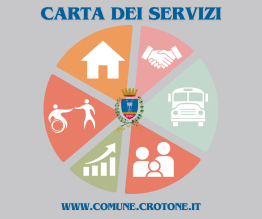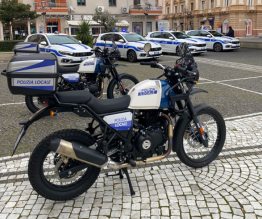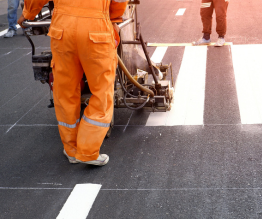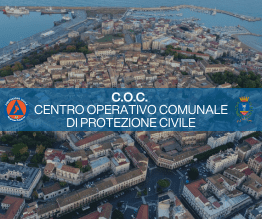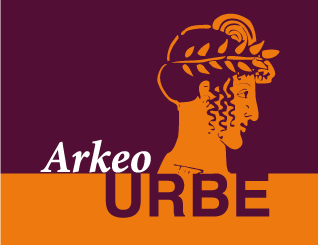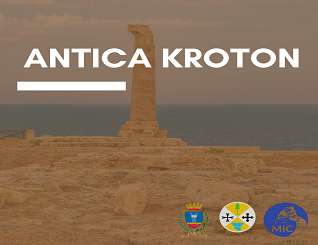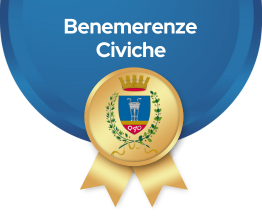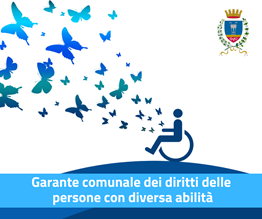Papanice - Suburb of Crotone

Papanice is a fraction of Crotone, has about 3,500 inhabitants and it is located 11.5 kilometers from the whistle-stop. The name comes from Papas-Nicephorus, the priest who led seven families crossing the Greek Ionian Sea in 1409. Nicephorus means bringer of victory from the greek nicao: win and the Latin fero: port. The country is located in the foothills of the Marquis, at a heightof 156 meters above sea level, country of Greek origin was founded in 1409 by seven Greek families, among which include the Raimondi family Sculco, Peta and Franco, run Eubea following the Ottoman raids. Country with a strong propensityof agricultural land which is cultivated mainly wheat, but also the significant seasonal cultivation such as fennel, beets and tomatoes, that in areas, where in it can draw on water through penstocks or through artificial lakes.

- Church of Piety
The Church of Piety is a place of greathistorical interest, wherein a painting of '800 is admired, representing the Madonnaof Piety, recently restored (in 2007) and returned to its former glory, the Church of St. Peter and Paul, wherein entering on the right side, a baptismalfont of the '500 and a wooden crucifix of the '600 (also restored in 2007)areseen, above the main altar there is a statue of St. Pantaleon, the patron thefraction which is celebrated on 27 July, and finally on the top there is apainting called "the Glory of St. Panteleimon" the work of a local artist, Gisella Arrigo. At the foot of the hill, coming from placesPassovecchio, we can admire the remains of the Papanice-Apriglianello old station, Calabria-Lucania railway.
The railway line, opened in August 1930and finally closed in September 1972, in the original plans had to plug inCosenza-Crotone, crossing the Sila. In fact, the work began at the same timefrom Cosenza to Camigliatello, and from Crotone to Petilia Policastro. In 1956was inaugurated the stretch of road Camigliatello-San Giovanni in Fiore.Missing to complete the work the stretch San Giovanni in Fiore-PetiliaPolicastro of 38 km, the project was presented in 1952, but due to lack ofcapital and also of economic interests as the line no longer met the needs ofthe territory, in fact, was reduced to scrap and the average speed was 30 km /h, the project ground to a halt and with the passing of the years, roadtransport has taken over.

- Church of St. Peter and Paul
Papanice despite being a fraction of Crotone, it is distinguished by customs, traditions and
dialect. It is merged to the city starting from 1806 as a result of an administrative reform made by Gioacchino Murat. Papanice previously had its own administrative autonomy, was a "Universitas" (a current town) with its own mayor, burdened by taxes in respect of the central government, the RoyalCammera of Summaria (comparable to the current Ministry of Finance) and also had to pay a tithe to Sculco, a noble crotonian family which for centuries has burdened the poor farmers of Papanice as enjoyed on these lands of "ius pagliaraticum" has been passed down over the centuries the phrase "guai a Papanici si Sculcu vo pagatu."
The country had its own symbol represented by St. Nicholas in the center withall around the Latin inscription "St. Nicolaus protector terrae papanici" symbol found by the lawyer. Fiorenzo Adolfo Trocino, at the State Archives of Naples, in the volumes of the Cadastre of Papanice of 1741. At the end of theeighteenth century, long periods of famine and a major earthquake in 1783, which decimated the population of the century passed from 3,000 to about 300 inhabitants.
